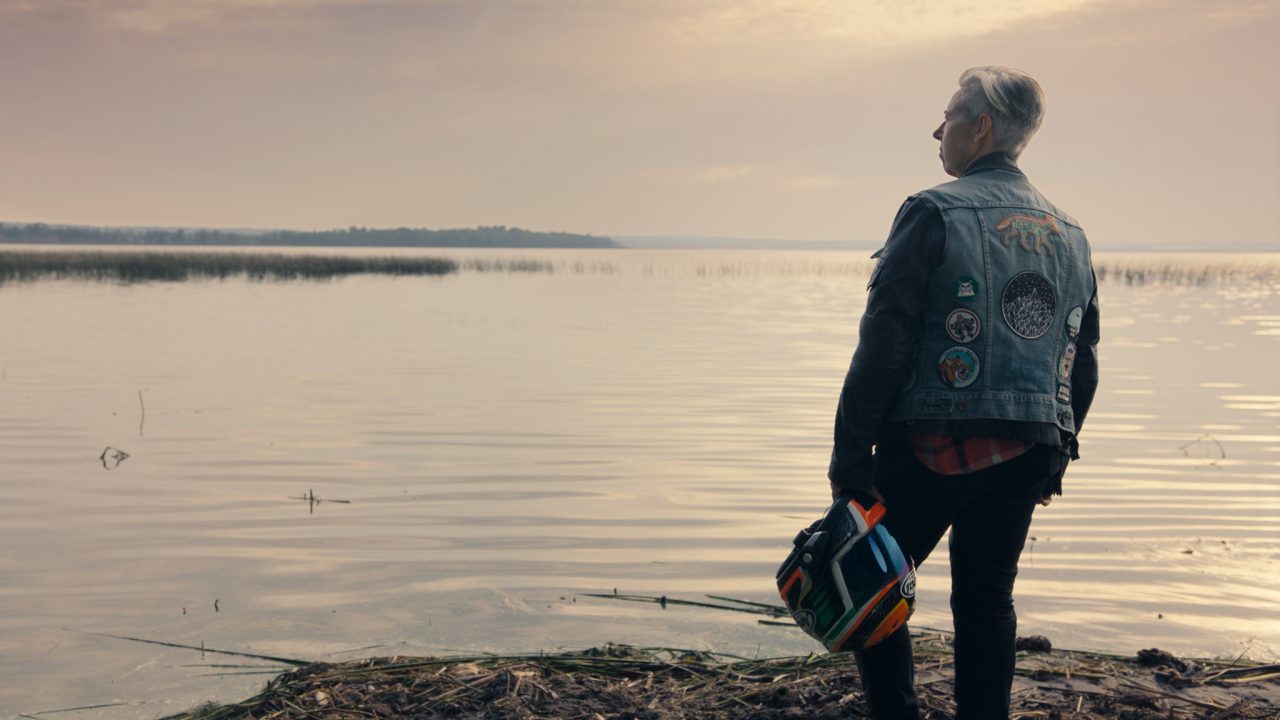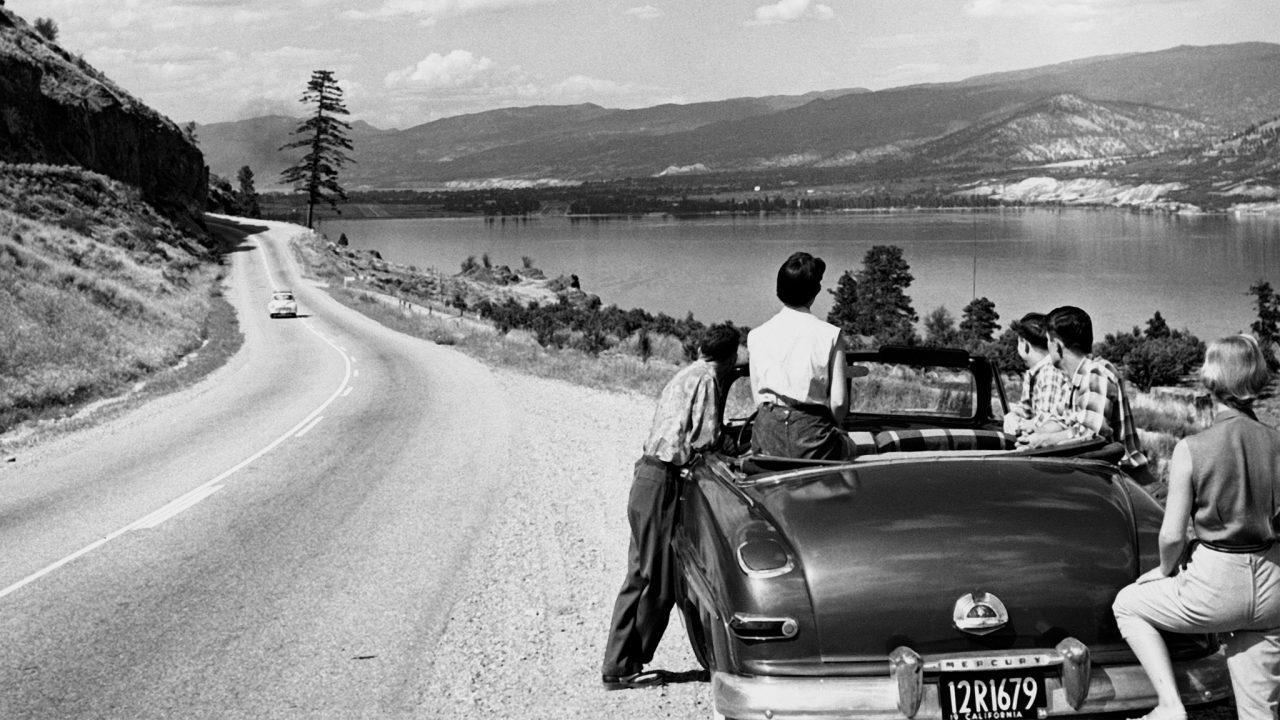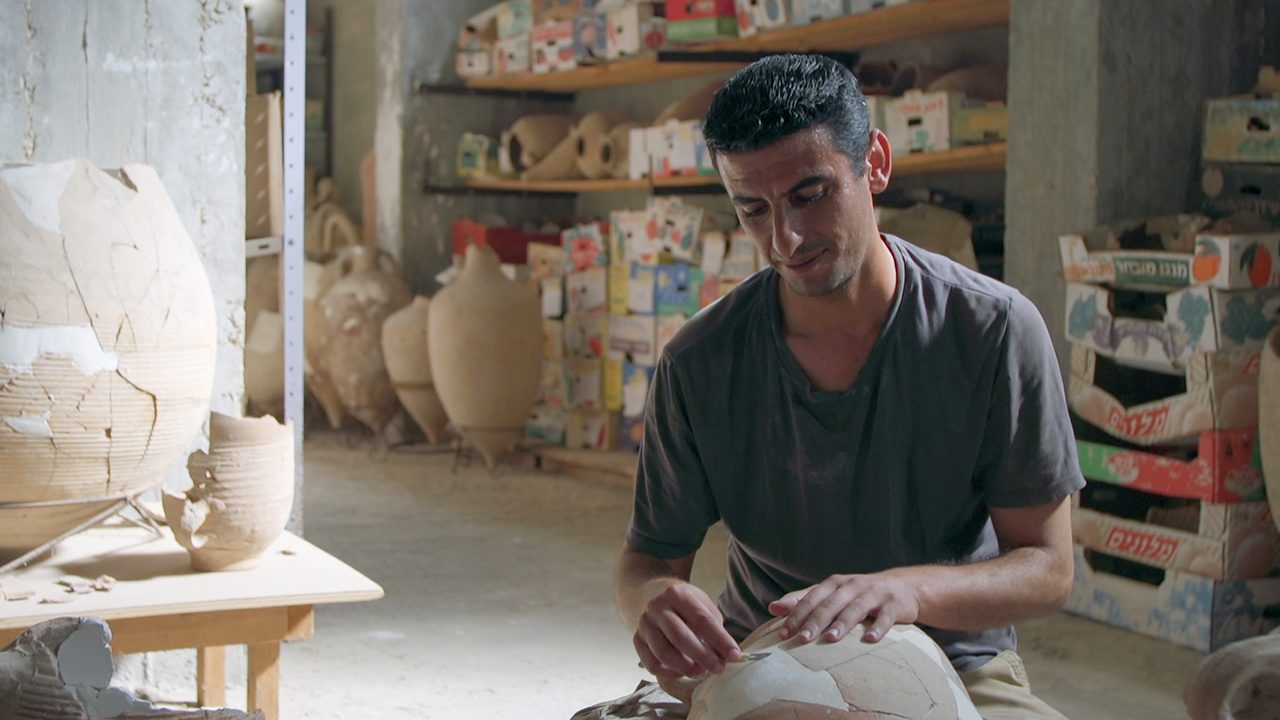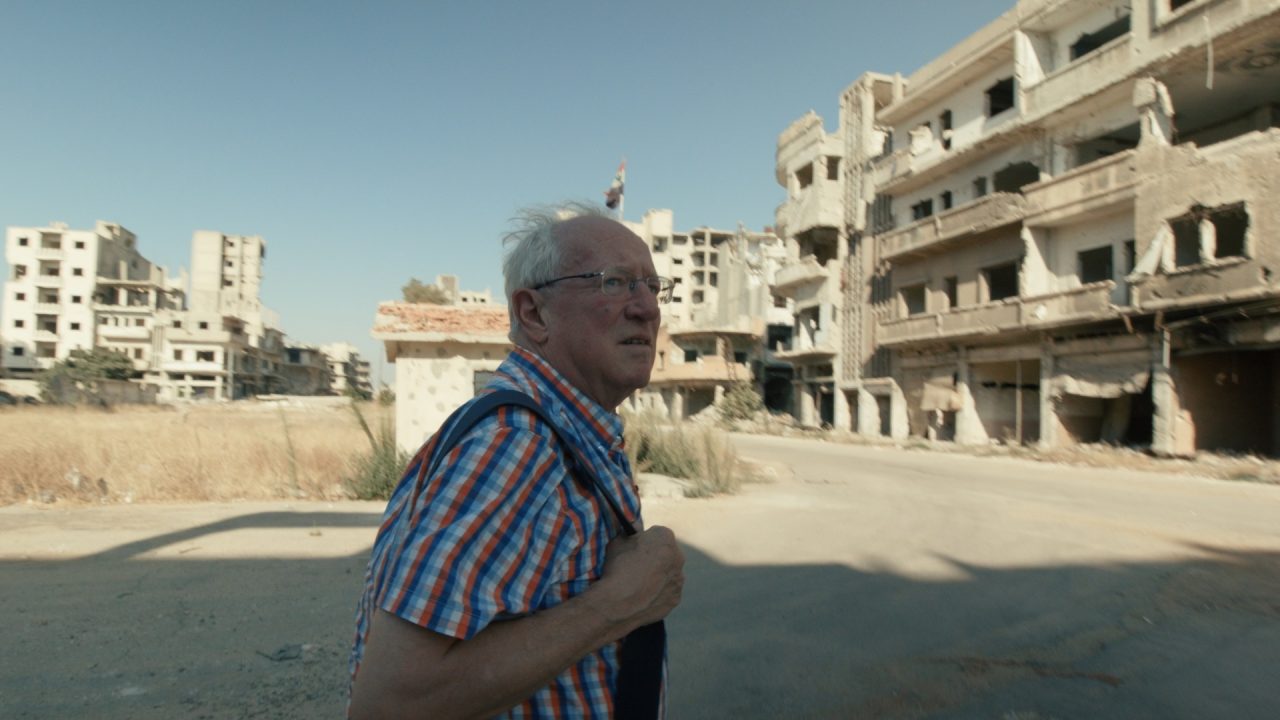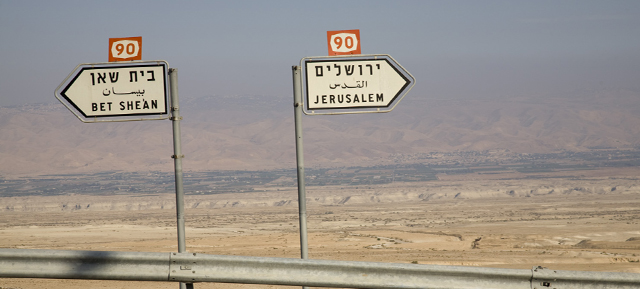
Road Movie: An interview with Elle Flanders
Road Movie: An interview with Elle Flanders
*UPDATE (14 June. 2012)*
After remarked appearances at TIFF and the Berlinale, Road Movie is hitting the Prairies. From July 6 to August 18, 2012, the film installation will be exhibited at Winnipeg’s prestigious Plug In Institute of Contemporary Art. The exhibition is free.
Additionally, Road Movie co-creators Elle Flanders and Tamira Sawatzky will be guest faculty during the first week of Plug In ICA’s Summer Institute, where they will participate in discussions and give feedback to participants. See exhibit details below:
Artist Talk: Thursday 5 July 2012, 7pm
Opening Reception: Thursday 5 July 2012, 8 pm
The Plug In Institute of Contemporary Art is located at 1-460 Portage Avenue, Winnipeg, Canada
————————————————————————————————————-
*UPDATE (15 Feb. 2012)*
Road Movie is up for the Teddy Award at the 2012 Berlinale (The Berlin International Film Festival), where it is currently showing. The project was also named No. 1 Art Show of 2011 by NOW Magazine.
“The Toronto duo pull no punches in their activism but take a subtle yet powerful approach to depicting Mideast conflict in their art. NNNNN [highest rating].” – Fran Schechter, NOW Magazine
“Top of the heap.” – Leah Sandals, National Post
“Using transcribed interviews from both West Bank Palestinians and Jewish residents of the Israel-built settlements, and then pairing the texts with sometimes gorgeous, sometimes ghastly film footage taken at the disputed sites, Sawatzky and Flanders attempt to show life on both sides of the literal and figurative fence….inspiring.” – R.M. Vaughan, The Globe and Mail
————————————————————————————————————-
What is daily life like in a land crisscrossed by roads some people are allowed to drive their cars on and others not? A new video installation that premieres at TIFF tomorrow seeks to illustrate this surprising and problematic scenario. Filmed in stop-motion animation in Palestine’s West Bank, Road Movie is a series of short films depicting contemporary life in Palestine and the ways in which it is complicated by a segregated road system. I recently had to chance to discuss the installation with Elle Flanders, one of its 2 creators. (Architect Tamira Sawatzky is the other half of the team.) Here is some of what we chatted about.
CW: What is Road Movie?
EF: Road Movie is a video installation about living and working in Palestine. Everything to do with Palestine is always centered on the conflict. This is not about the conflict. It’s about people trying to live their lives.
I wasn’t originally supposed to be working on such a project at all. At the time, I was working on a portrait of the city of Ramallah, inspired by the work of Palestinian poet Mahmoud Darwish. This whole thing came by accident. A friend who was writing a report for an NGO about the West Bank’s segregated road system asked us whether we’d like to come take photos. My answer was: What segregated road system?!
As we started taking photos, I began documenting personal stories on these roads. This person going to work; what it meant for that person to no longer be able to visit her sister, over in the neighbouring town.
Then I became curious to see what would happen if we slowed it all down. I had the idea of taking photographs, and using them to make film. We ended up using 1 frame per second, creating this sort of “expanded cinema”, which I’d also experimented with in Bird on a Wire, a video installation with live orchestra. Palestine has been filmed so much. We’re hoping this technique brings out a new perspective, a different vantage point, something beyond the predictable.
CW: Tell me more about these segregated roads? What is a segregated road? I never heard anything about these.
EF: The segregated roads are a network of roads in the West Bank that Palestinians aren’t allowed to drive on. Essentially, they are a consequence of Israeli settlement in the region as most of these roads link mainland Israel to its West Bank settlements, or distinct settlements between them. Highway 443 is one of the better-known examples of this.
What we’re doing with Road Movie is exposing a road system that is fundamentally wrong. We’re exposing the daily cracks in the lives of those living in these circumstances.
A good example is it used to take 15 minutes to drive from Ramallah to Bethlehem; it now takes an hour and a half.
The result of these roads is that the people are more separated than ever. The longer you separate people, the more they fear each other. And ignorance breeds fear, and fear breeds hatred.
CW: What does Road Movie look like? What’s the “experience?’
EF: It happens in a large room. In the room are 3 imposing walls that function as screens. The walls are double-sided; 6 stories are projected on either side. All in all, there’s 40 minutes worth of footage, looped continuously.
The 3 walls are not flat in front of the viewer; they are placed in a row at an angle, which adds an architectural, almost sculptural element to the installation. The screens also serve a representational purpose. Forming actual barriers in the room, they reference the Wall [Israel’s Security Fence], as well as the roads themselves, where huge concrete blocks and checkpoints often impede and restrict movement.
That being said, we also wanted to impart a certain measure of hope. That is why there isn’t one solid wall but 3 smaller ones with enough space between them to let a person move freely from one side to the other.
The stories are short vignettes of people we traveled with on the roads – Israeli settlers and Palestinians both. However, this is not about “the 2 sides of the story”. Because here, there is only one story: the story of the segregated roads, and the lives of people affected by it.
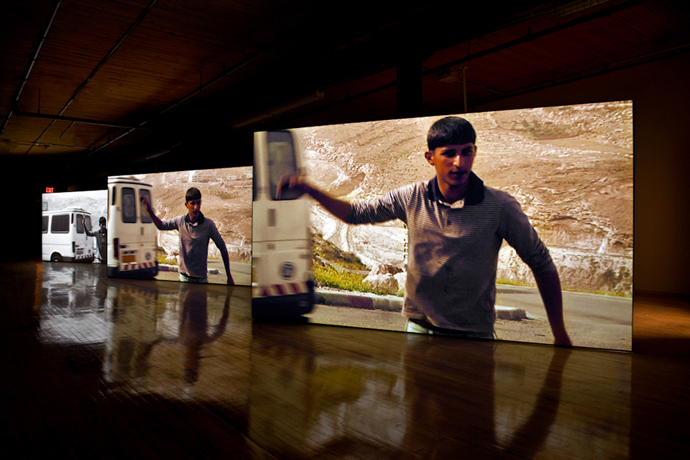
CW: What do you feel a film installation can achieve that a film can’t?
EF: After Zero Degrees [Zero Degrees of Separation], I felt like I wanted to bring film into 3D space. At times, 2D leaves us wanting. We’ve seen lovely doc on Palestine after lovely doc on Palestine… and I feel like we’ve stopped listening. Sometimes, it helps to take time to look, feel, experience; the third dimension can help with that. We can steep ourselves deeper into the experience.
CW: What’s the market for a film installation these days? It seems to me it is by definition a medium destined to a smaller audience…
EF: The goal isn’t always just having the most people see your project. Sometimes a smaller audience means a bigger impact. Lynn Fernie, the woman who wrote and directed Forbidden Love, said to me that as artists, we must ask ourselves what medium our art requires. For Road Movie, I felt the topic required both space – which is the installation component – and time, the film component. So a video installation made most sense. I mean, if I need to write a book next, I’ll write a book. But this is not “information”. This is art.
—
Road Movie is produced by the NFB and presented in collaboration with Toronto’s O’Born Contemporary. It is shown September 8-18, 2011, at the O’Born Contemporary offsite, 51 Wolseley Street (5th Floor), in Toronto. Watch the trailer (below) and check out this preview, courtesy of the gallery.
